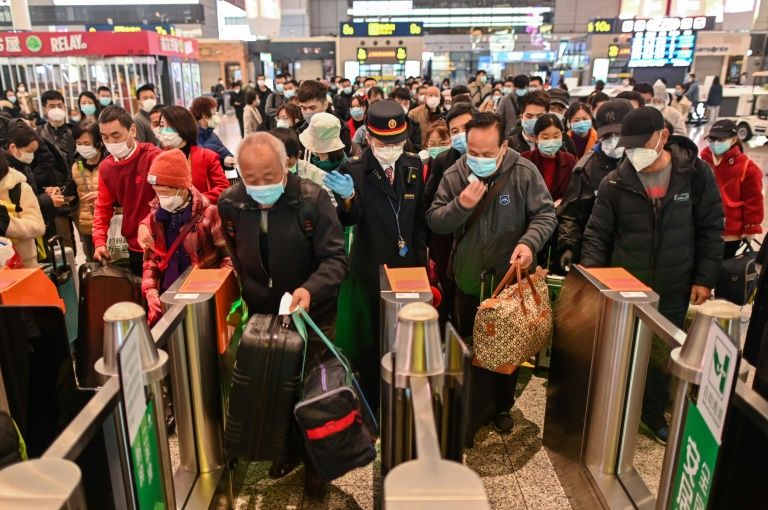NATO strengthens east European flank, Russia accuses West of hysteria
 A service member of the Ukrainian armed forces walks at combat positions near the line of separation from Russian-backed rebels near Horlivka in the Donetsk region, Ukraine, January 22, 2022. Picture taken January 22, 2022. Picture taken REUTERS/Anna Kudriavtseva/File Photo
A service member of the Ukrainian armed forces walks at combat positions near the line of separation from Russian-backed rebels near Horlivka in the Donetsk region, Ukraine, January 22, 2022. Picture taken January 22, 2022. Picture taken REUTERS/Anna Kudriavtseva/File PhotoNATO said on Monday it was putting forces on standby and reinforcing eastern Europe with more ships and fighter jets, in what Russia denounced as an escalation of tensions over Ukraine.
Welcoming a series of deployments announced by alliance members in recent days, NATO Secretary General Jens Stoltenberg said NATO would “continue to take all necessary measures to protect and defend all allies, including by reinforcing the eastern part of the alliance.”
The move was a further sign that the West is bracing for Russia to attack its neighbour after massing an estimated 100,000 troops within reach of the Ukrainian border, although Russia denies any intention of invading.
Britain said it was withdrawing some staff and dependants from its embassy in Ukraine, a day after the United States said it was ordering diplomats’ family members to leave. U.S. diplomats were being allowed to leave voluntarily.
Having engineered the crisis by surrounding Ukraine with forces from the north, east and south, Moscow is now citing the Western response as evidence to support its narrative that Russia is the target, not the instigator, of aggression.
“As for specific actions, we see statements by the North Atlantic Alliance about reinforcement, pulling forces and resources to the eastern flank. All this leads to the fact that tensions are growing,” Kremlin spokesman Dmitry Peskov said.
“This is not happening because of what we, Russia, are doing. This is all happening because of what NATO and the U.S. are doing and due to the information they are spreading.”
He accused the West of “hysteria” and putting out information “laced with lies”.
Global stock markets skidded as the prospect of a Russian attack quashed demand for riskier assets such as bitcoin, and bolstered the dollar and oil. The rouble hit a 14-month low against the dollar, and Russian stocks and bonds tumbled.
“PAINFUL, VIOLENT AND BLOODY”
Russia has used its troop build-up to draw the West into discussions after presenting demands to redraw Europe’s security map. It wants NATO never to admit Ukraine and to pull back troops and weapons from former Communist countries in eastern Europe that joined it after the Cold War.
Washington says those demands are non-starters but is ready to discuss other ideas on arms control, missile deployments and confidence-building measures.
Russia is awaiting a written U.S. response this week after talks last Friday – the fourth round this month – produced no breakthrough.
Asked whether he thought an invasion was imminent, British Prime Minister Boris Johnson told broadcasters that intelligence was “pretty gloomy on this point” but that “sense can still prevail.”
He repeated Western warnings that invading Ukraine would be “a painful, violent and bloody business” for Russia.
The United States and the European Union, wary of Russia’s intentions since it seized Crimea and backed separatists fighting government forces in eastern Ukraine in 2014, have told Russia it will face crippling penalties if it attacks again.
EU foreign ministers meeting in Brussels warned Russia it would face “massive” consequences, but are divided over how tough to be on Moscow and did not say what the consequences might be.
Ukrainian President Volodymyr Zelenskiy told EU President Charles Michel by phone that it was important for Kyiv that the EU showed unity.
“Ukraine will not fall for provocations, and together with its partners, will remain calm and restrained,” his office said.
A Russian delegation source said political advisers from Russia, Ukraine, France and Germany would meet in Paris on Wednesday for talks on resolving the conflict in eastern Ukraine, in which some 15,000 people have been killed since 2014. Previous efforts have failed to yield any breakthrough.
BIDEN’S OPTIONS
The NATO statement said Denmark, Spain, France and the Netherlands were all planning or considering sending troops, planes or ships to eastern Europe. Ukraine shares borders with four NATO countries: Poland, Slovakia, Hungary and Romania.
“The United States has also made clear that it is considering increasing its military presence in the eastern part of the Alliance,” it said.
President Joe Biden has begun considering options for boosting U.S. military assets in the region, senior administration officials said, after he met top national security aides at his Camp David retreat on Saturday.
The New York Times said Biden was considering plans to send 1,000 to 5,000 troops to eastern European countries, with the possibility of sending more should tensions flare further.
A senior administration official declined to confirm the numbers. But a NATO diplomat told Reuters that Washington was considering gradually transferring some troops stationed in western Europe to Eastern Europe in the coming weeks.
Britain said at the weekend it had information the Russian government was considering a former Ukrainian lawmaker as a potential candidate to head a pro-Russian puppet leadership in Kyiv. Russia dismissed the British allegation as “disinformation.”
SOURCE: REUTERS










